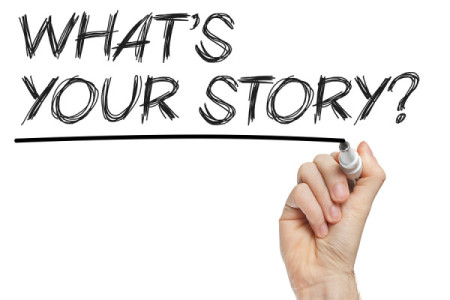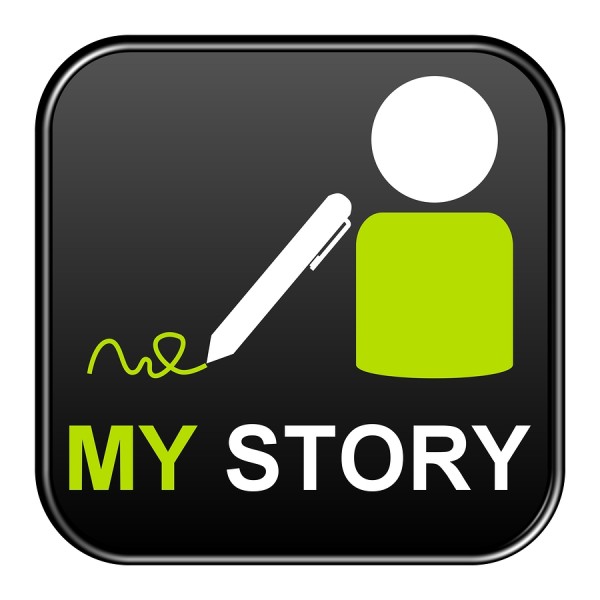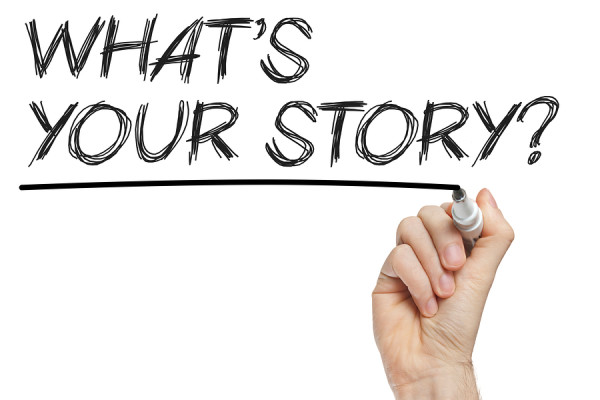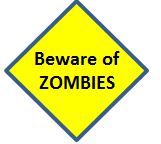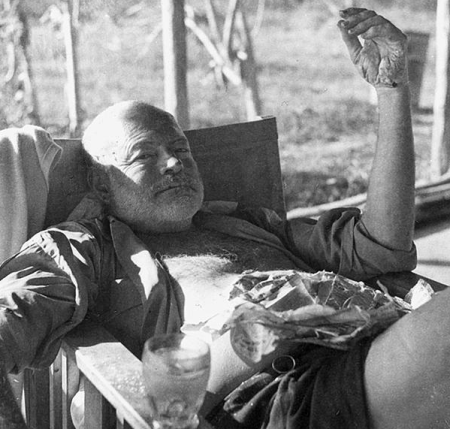 Is your blog content compelling? Are you attracting new readers, engaging with them, and growing your reader base?
Is your blog content compelling? Are you attracting new readers, engaging with them, and growing your reader base?
In my last post, I shared an acronym that you should be using when writing blog content:
Content (compelling)
Assets (free)
Social Media
Track
Hemingway did not have the technological advantages that we have, nor a blog, but he knew how to engage his readers. As Larry W. Phillips describes in Ernest Hemingway on Writing:


